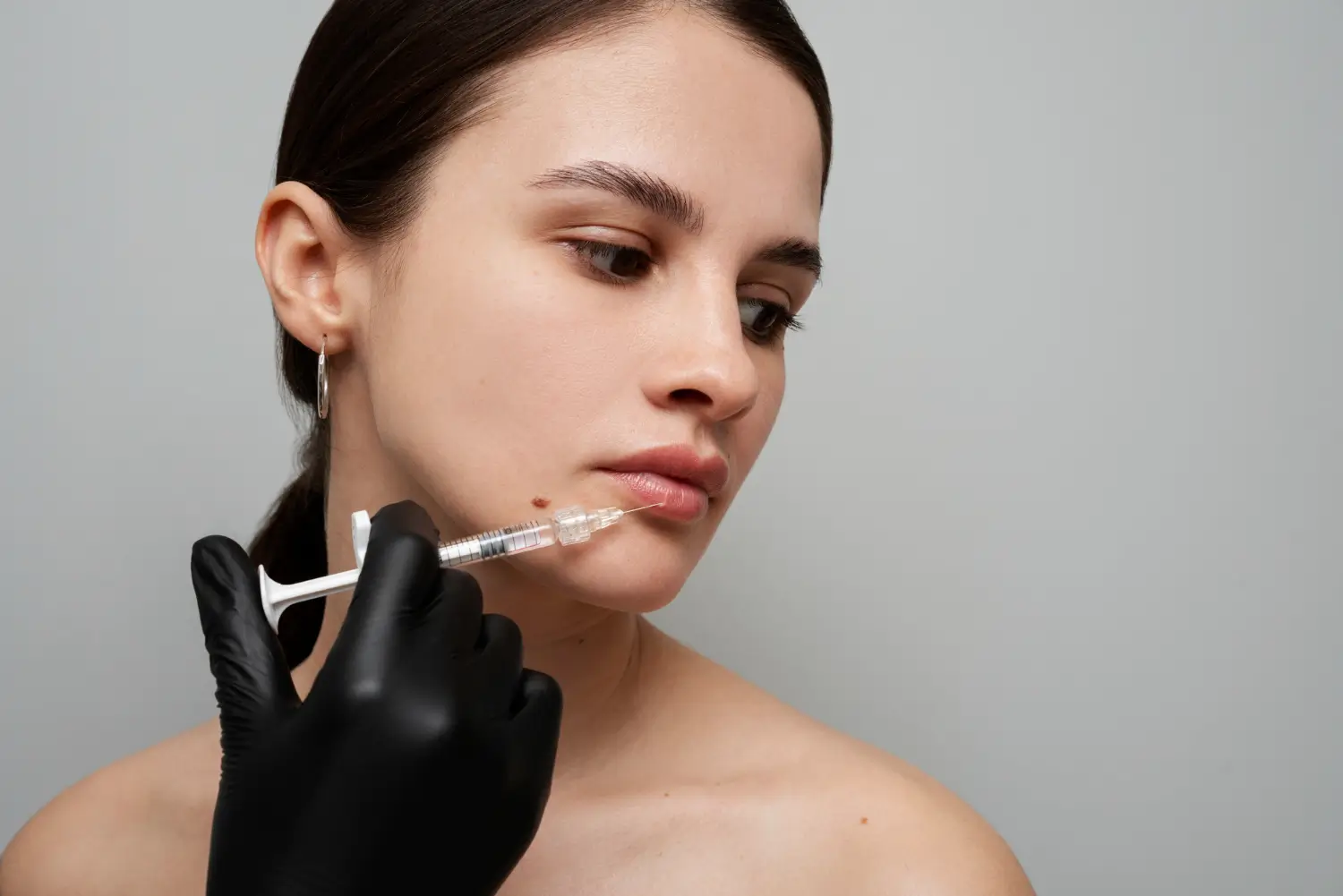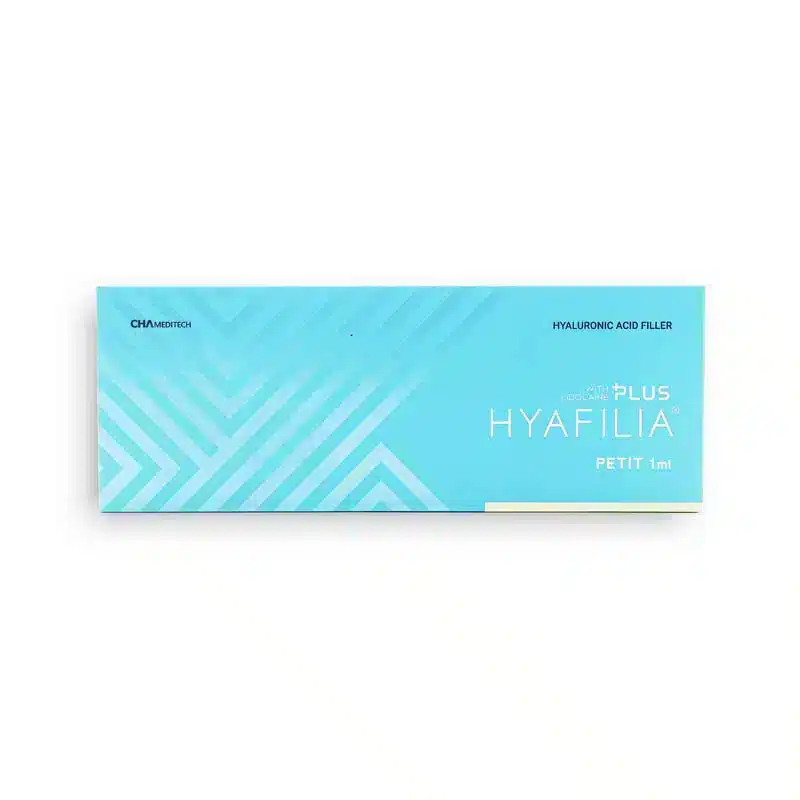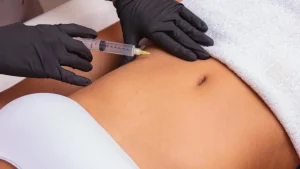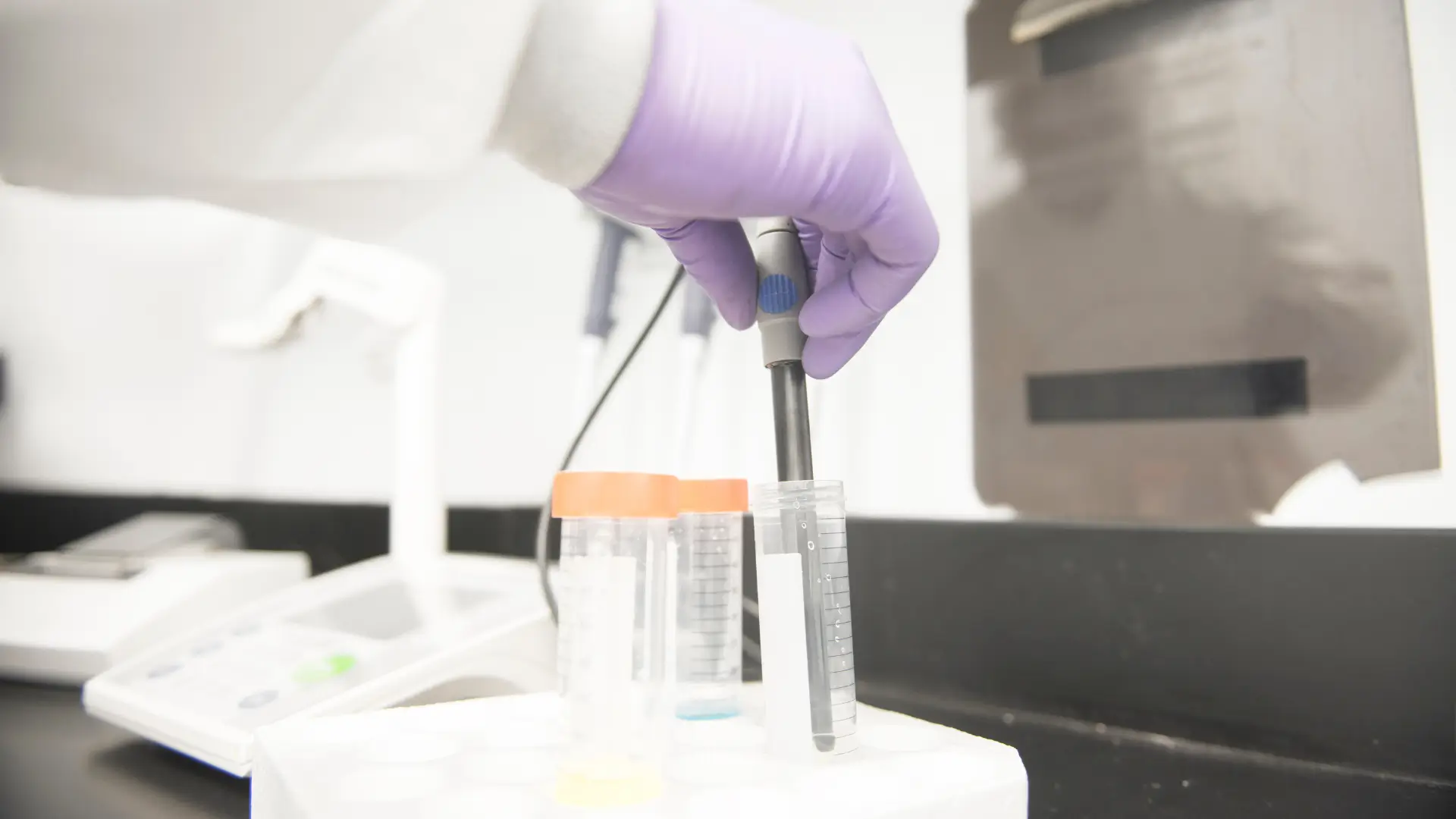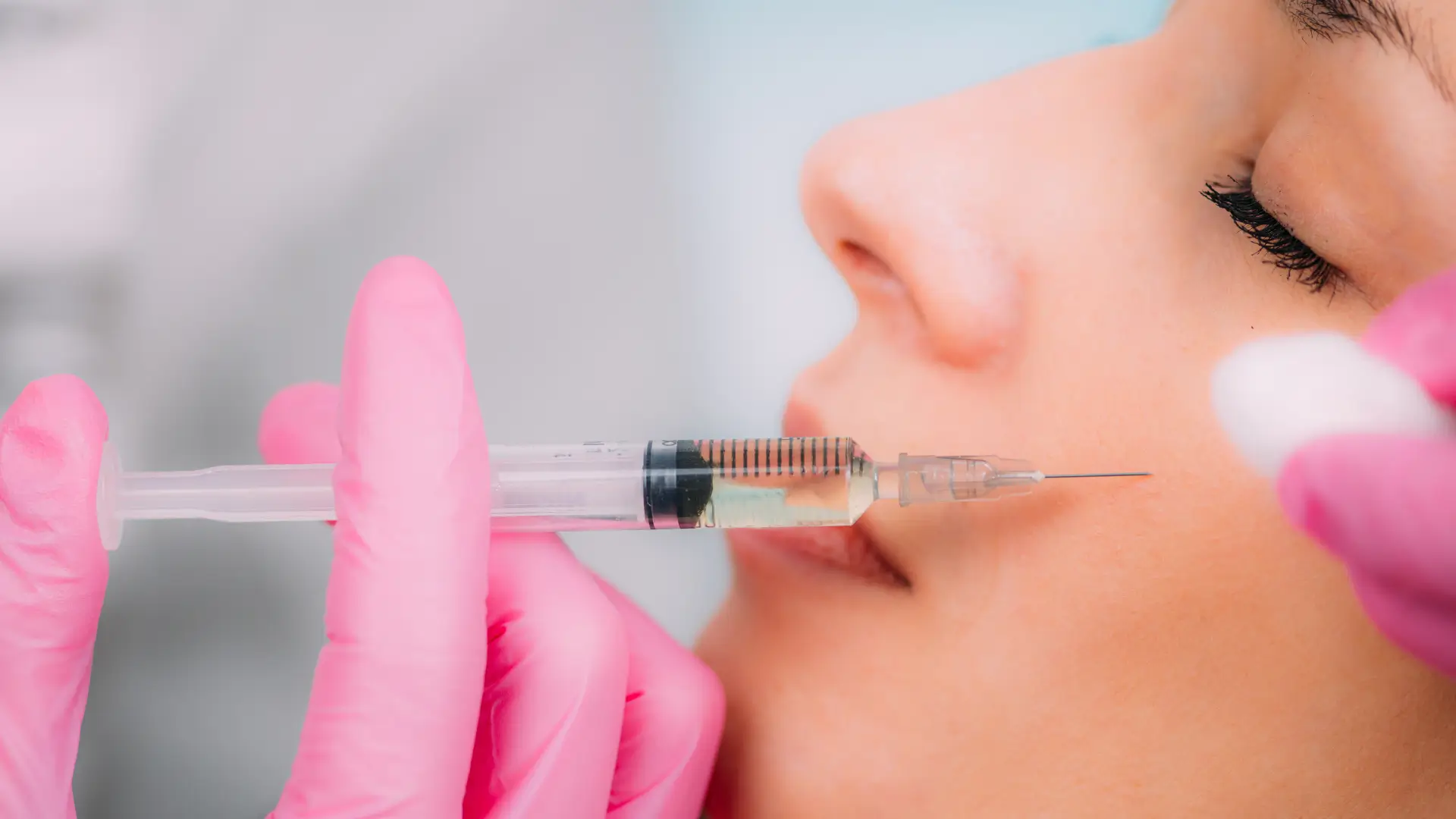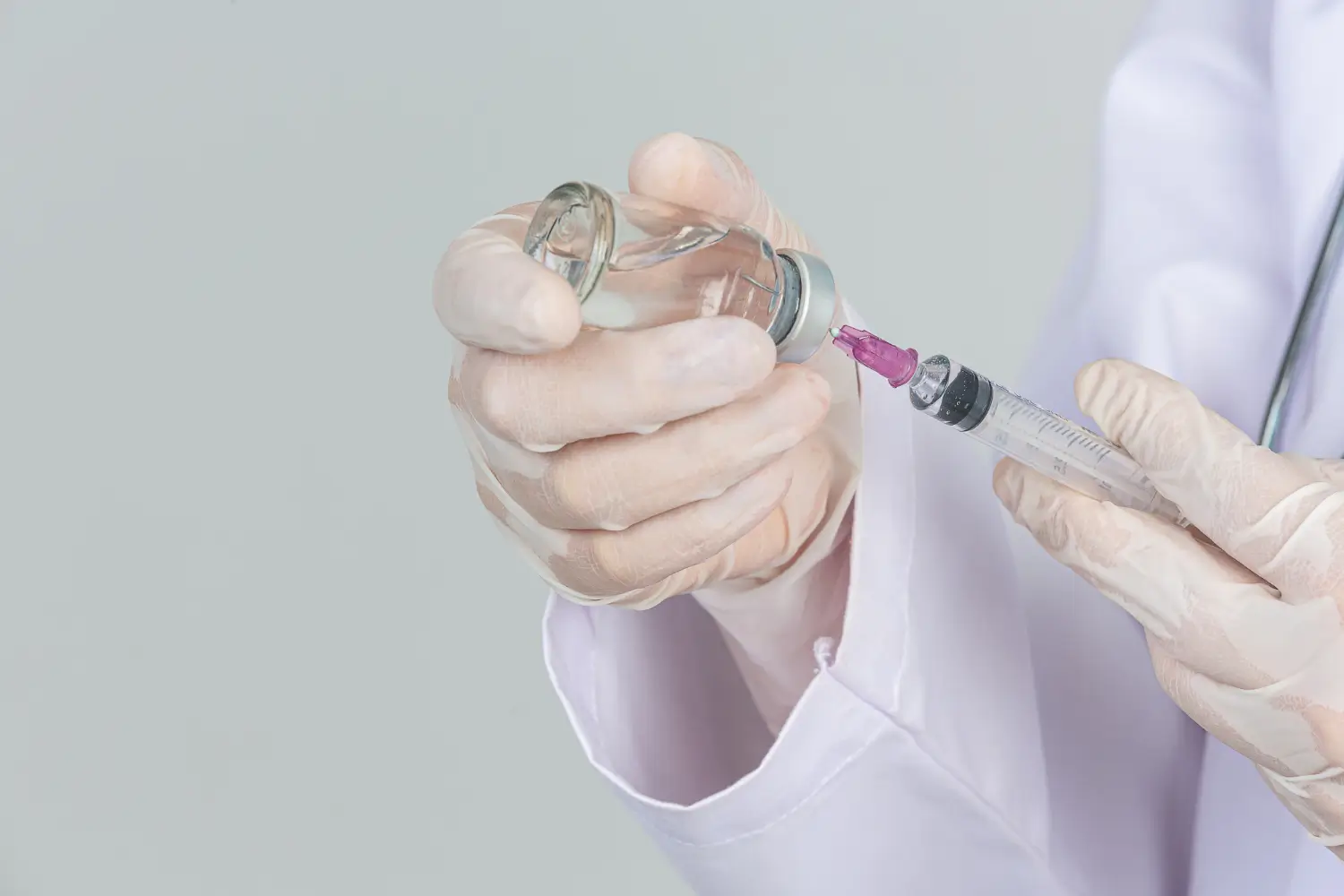A recent review highlighted the prevalence of adverse events associated with hyaluronic acid (HA) dermal fillers, with nasolabial folds being the most common area affected. However, such reactions can also occur in the midface, perioral lines, and lip regions, emphasizing the need for healthcare professionals to inform patients about potential risks and benefits.
Hyafilia fillers, a popular choice among aesthetic professionals, are hyaluronic acid-based injectables praised for their effectiveness and safety. Despite their high quality, like any dermal filler, Hyafilia may cause side effects, both common and rare. Open discussions about these risks can help patients set realistic expectations and enhance their treatment experience.
In this article, we’ll explore the potential side effects of Hyafilia fillers, from mild to rare complications, while discussing the role of proper injection techniques, patient selection, and post-treatment care in minimizing risks.
Key Takeaways
- South Korea’s CHA Meditech developed and produced Hyafilia fillers to address various facial aesthetic concerns, leveraging on HA’s properties and their unique V-phasic cross-linking technology.
- Common side effects, like swelling or bruising, are usually mild and temporary, often subsiding independently within a few days to a week.
- These rare issues often arise from improper administration or injection techniques, incorrect treatment protocols or dosages, unsterilized conditions, or the presence of contraindications.
- Aesthetic professionals must employ proper injection techniques and meticulously select patients to ensure the success and safety of Hyafilia filler treatments.
About: Medica Depot is your trusted all-in-one supplier, offering a range of high-quality medical injectables and supplies. Buy Hyafilia online at Medica Depot today! Whether for health professionals, plastic surgeons, dermatologists, licensed estheticians, or other specialists, we can offer genuine, brand-name products you may need. With Medica Depot, we prioritize serving you better to improve the patient’s quality of life.
Common Side Effects of Hyafilia Filler

Hyaluronic acid (HA) dermal fillers are a popular solution for addressing volume loss, smoothing wrinkles, and enhancing facial contours. Hyafilia fillers, developed by South Korea’s CHA Meditech, leverage HA’s rejuvenating properties and the manufacturer’s unique V-phasic technology for cross-linking.
The Hyafilia manufacturer offers a variety of formulations tailored to specific treatment areas and concerns, including SMV and SMV Plus for facial wrinkles, Impact for body contouring, and Dorothy Dewy for skin hydration and volumizing.
Like all HA fillers, Hyafilia can cause common side effects at the injection site, including:
- Redness
- Swelling
- Bruising
- Discomfort or tenderness
These mild reactions are the body’s natural response to the injection process and typically subside within a few days to a week. Patients can rest assured that these side effects are temporary and rarely require medical intervention, making Hyafilia fillers a safe and effective option for non-surgical aesthetic treatments.
Less Common Side Effects and Risks
Hyafilia fillers are CE-certified, reflecting their strong safety profile and efficacy. However, like other dermal fillers, they carry potential risks, especially in cases of improper administration, unsterile conditions, or contraindications.
While rare, these complications highlight the importance of proper technique and patient care.
- Infection: Bacteria entering the injection site can cause infections and may be characterized by symptoms like redness, swelling, pain, and fever.
- Formation of Lumps or Nodules: The body forms lumps or nodules under the skin as a less common side effect. These hard, palpable masses result from the body’s reaction to the filler material.
- Allergic Reactions: Symptoms can include itching, redness, swelling, difficulty breathing, and, in severe cases, anaphylaxis.
Prompt recognition and treatment of these rare side effects are essential to prevent complications. Patients should always choose licensed professionals for their Hyafilia filler treatments to ensure safe administration and optimal outcomes.
Importance of Proper Injection Techniques and Patient Selection
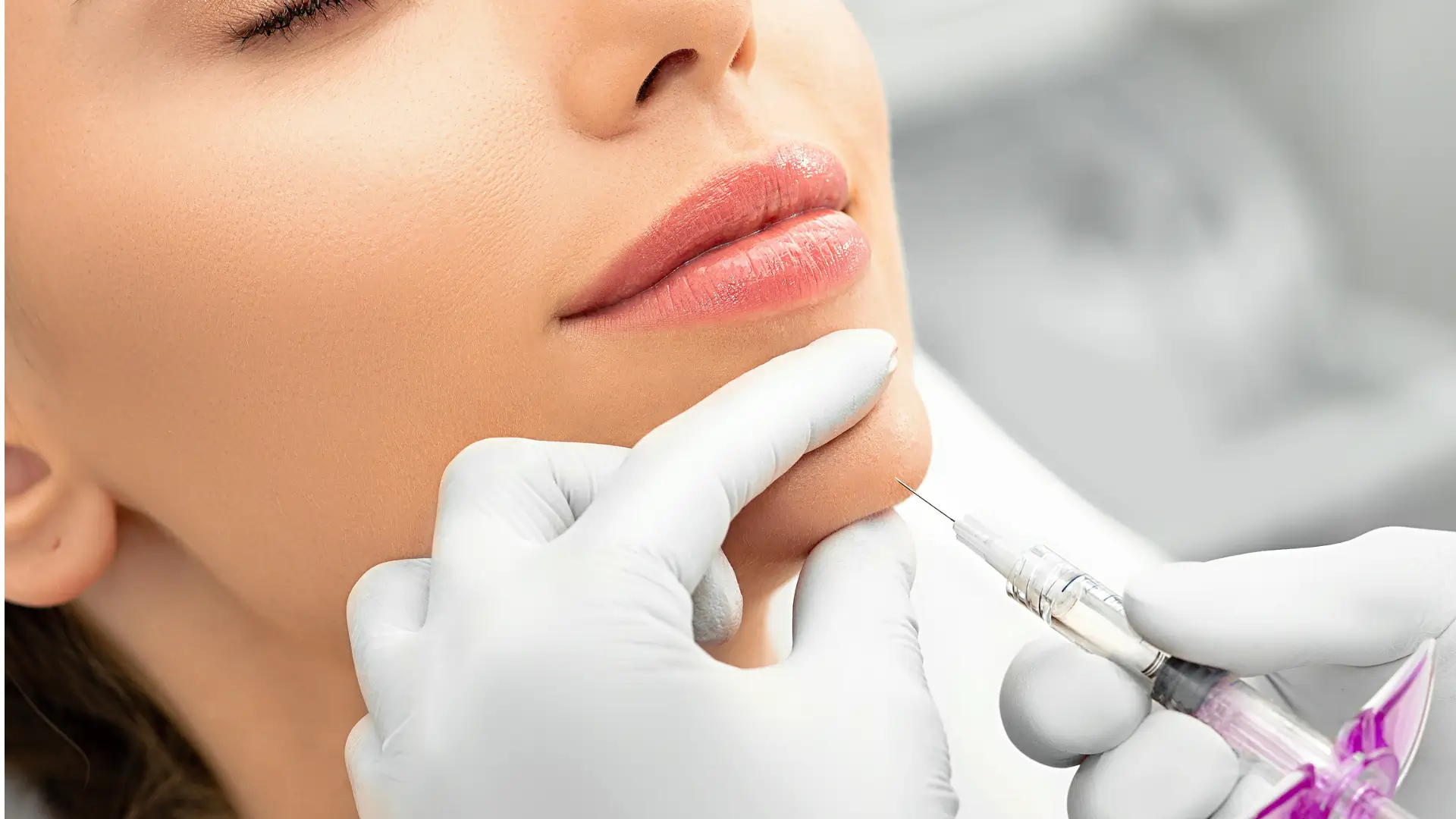
Choosing a licensed and experienced aesthetic professional is essential for individuals considering Hyafilia fillers. These practitioners provide comprehensive guidance on treatment options while evaluating patient suitability to ensure the safest and most effective outcomes.
- Patient Assessment and Selection Criteria: Practitioners must thoroughly assess and select patients for optimal results. They evaluate the patient’s medical history, skin condition, and aesthetic goals. This evaluation helps identify suitable candidates for the treatment and tailors the procedure to individual needs, enhancing safety and effectiveness.
- Importance of Appropriate Injection Techniques: Practitioners must use proper injection techniques to minimize side effects. They should select the correct needle size and depth based on the Hyafilia filler used. These practitioners must follow aseptic techniques to prevent infections and ensure even filler distribution, avoiding lumps or nodules.
The combination of careful patient selection and proper injection techniques ensures a safer, more effective treatment with Hyafilia fillers. These critical factors not only minimize the risk of adverse effects but also contribute to achieving the desired aesthetic outcome.
Aftercare and Managing Potential Side Effects

In addition to the appropriate treatment administration, patients can substantially help achieve a safe and smooth recovery post-treatment. Patients should follow their provider’s post-treatment instructions carefully, which typically include:
- Avoiding strenuous activities.
- Avoiding excessive sun exposure and extreme temperatures.
- Refraining from frequent touching or massaging of the treated area.
- Applying a cold compress to reduce swelling or bruising.
- Maintaining a healthy lifestyle and hydration.
- Using gentle skincare products and avoiding harsh treatments.
Monitoring for potential side effects is equally important. Mild reactions, such as redness, swelling, or bruising, are common and can often be managed with cold compresses or over-the-counter pain relievers. Regular follow-up visits enable providers to assess the patient’s progress and address any concerns promptly.
Patients should be vigilant for persistent or severe symptoms, such as prolonged swelling, unusual lumps, signs of infection (e.g., fever, pus), or allergic reactions like difficulty breathing or widespread hives. If these occur, seeking immediate medical attention is essential. Timely intervention by a qualified professional can effectively prevent complications and ensure a safe recovery.
Conclusion
Understanding the potential side effects of Hyafilia fillers is crucial for both practitioners and patients. While common reactions like redness and swelling are typically mild and short-lived, awareness of less common risks, such as infections and allergic reactions, is essential for making informed decisions. Proper injection techniques and thorough patient evaluations are vital in minimizing these risks and ensuring a safe treatment experience.
Post-treatment care also plays a critical role in recovery. By following aftercare instructions and choosing experienced professionals for administration, patients can significantly enhance their chances of achieving safe, successful outcomes.
FAQs
1. What are the common side effects of Hyafilia fillers?
Common side effects include temporary redness, swelling, bruising, discomfort, and tenderness at the injection site. These reactions are generally mild and resolve on their own within a few days to a week.
2. Are there any serious side effects associated with Hyafilia fillers?
While rare, serious side effects can occur, such as infections, formation of lumps or nodules, and allergic reactions. Symptoms of these complications may include severe redness, swelling, pain, or difficulty breathing, which require immediate medical attention.
3. How can practitioners minimize the risk of side effects when administering Hyafilia fillers?
Practitioners can minimize risks by using proper injection techniques, selecting suitable patients through thorough assessments, and employing aseptic methods during the procedure to prevent infections and ensure even filler distribution.
References
- Colon J, Mirkin S, Hardigan P, Elias MJ, Jacobs RJ. Adverse events reported from hyaluronic acid dermal filler injections to the facial region: A Systematic Review and Meta-Analysis. Cureus. Published online April 29, 2023. doi:10.7759/cureus.38286
- MHS, K. L., MD. (2019, July 15). Dermal fillers: The good, the bad and the dangerous. Harvard Health. https://www.health.harvard.edu/blog/dermal-fillers-the-good-the-bad-and-the-dangerous-201907152561
